15 YEARS
in Business
100% MONEY BACK
Exchange for a Different Kalimba
30 DAYS
Satisfaction Guarantee
$80.00 Original price was: $80.00.$79.99Current price is: $79.99.
This is a beautiful kalimba for soul work or for a gift. In the key of D. Now comes with free African music download.
Out of stock
in Business
Exchange for a Different Kalimba
Satisfaction Guarantee
Sweet, smooth lullaby music box, this is a great beginner’s instrument for youth or for adults.
The Goshen Art School kalimbas are legendary for their beauty and silky feel and sound, but they are made in very limited numbers. The one disadvantage to the Goshens is they are not robust – so these are not recommended for children or for gigging out. But as peaceful instrument for a spiritual practice or a personal gift, this kalimba is a great choice.
I love this kalimba most for how it feels and looks. It has a way of getting close to your heart very quickly. I imagine it would be good for storytelling.
And if you get this kalimba in C, or in D? In either case, everything you learn on this kalimba can immediately be transferred to the lower, inner 8 notes of any of the ubiquitous 17-Note Kalimbas in C.
Standard D Major tuning: The specifics: 8 notes tuned diatonically in the key of D – ie, exactly one octave starting on D above Middle C. This kalimba can be used with our Best Ever 8-Note Kalimba Book if you paint three of the tines – however, the sound recordings that come with that book are recorded with a kalimba in C, so the tablature works, but the sound will be a whole step off from this kalimba.
C Major Tuning: we can also tune every tine down a wholestep, and the kalimba will play in C major, with a low note of Middle C. When tuned this way, instructional materials will be in the same key as your kalimba. Also, you can play with 10-Note Kalimba in C or 17-Note Kalimba in C.
F Major Tuning: consider starting with a C major tuning, but tune the 7th note, B, down a half step to Bb (B flat). This is one step around the circle of 5ths, counterclockwise. The low note is still C, the high note is still C. But the key note is F. That means you start the scale in the middle of this kalimba, and you have half the scale below, and half the scale above. As C is the 5th of F, this tuning does not have the key note in the bass, but the 5th in the bass. This is not only a nice instructional example to broaden your musical understanding of keys… but it turns out that way more songs are available to your 8-Note Kalimba in this tuning. See for example the 32-Songs for 8-Note Kalimba and the Easy Carols for 10-Note Kalimba.
G Major Tuning: this is just like the F Major Tuning, but this is a whole step up. In other words, this is what you get when you start with D Major, and you flatten the 7th, C#, by a half step to make C natural, putting the key to G Major. That is, you can use those 32-Songs and Easy Carols books.
See the video in the Video Tab to understand some of these tunings.
Now avalaible in linea “1-Handed” tunings. If you have the use of your right hand, but not the left, get the “1-Handed Right (Left to Right)” tuning. If you use your left hand, get the “1-Handed Left”, with the low notes on the right, and ascending to the left.
Why do it this way? “1-Handed Left” starting with low notes on the far right, and ascending leftward? Your left thumb will make an arc, pivoting about the joint with the thumb. It can reach the long, low notes to the far right… and as it pivots left and up, it can play the shorter, higher notes on the left.
We are now including a free 12-page PDF download showing you some African songs on the 8-Note Kalimba.
| Weight | 1.2 lbs |
|---|---|
| Dimensions | 5 × 6 × 2 in |
Demonstration of the music you can play in various 8-Note Tunings.

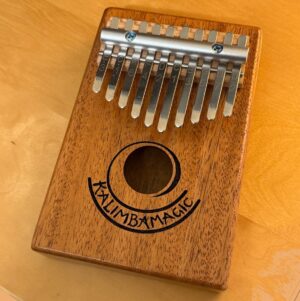
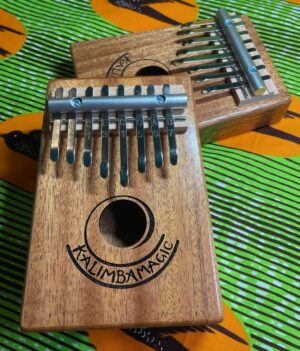
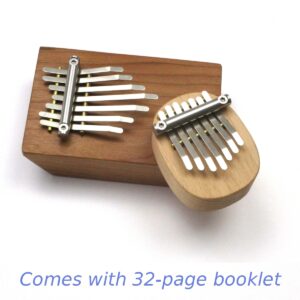
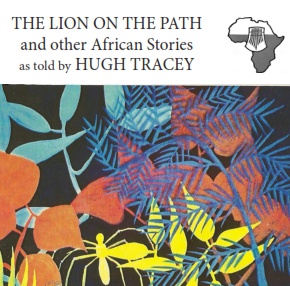
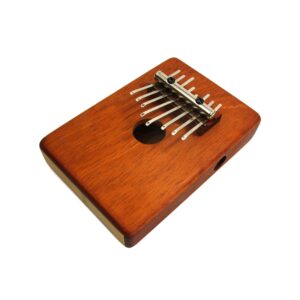
Use of this website constitutes acceptance of the Privacy Policy and User Agreement. Copyright © 2020 Kalimba Magic. All Rights Reserved.